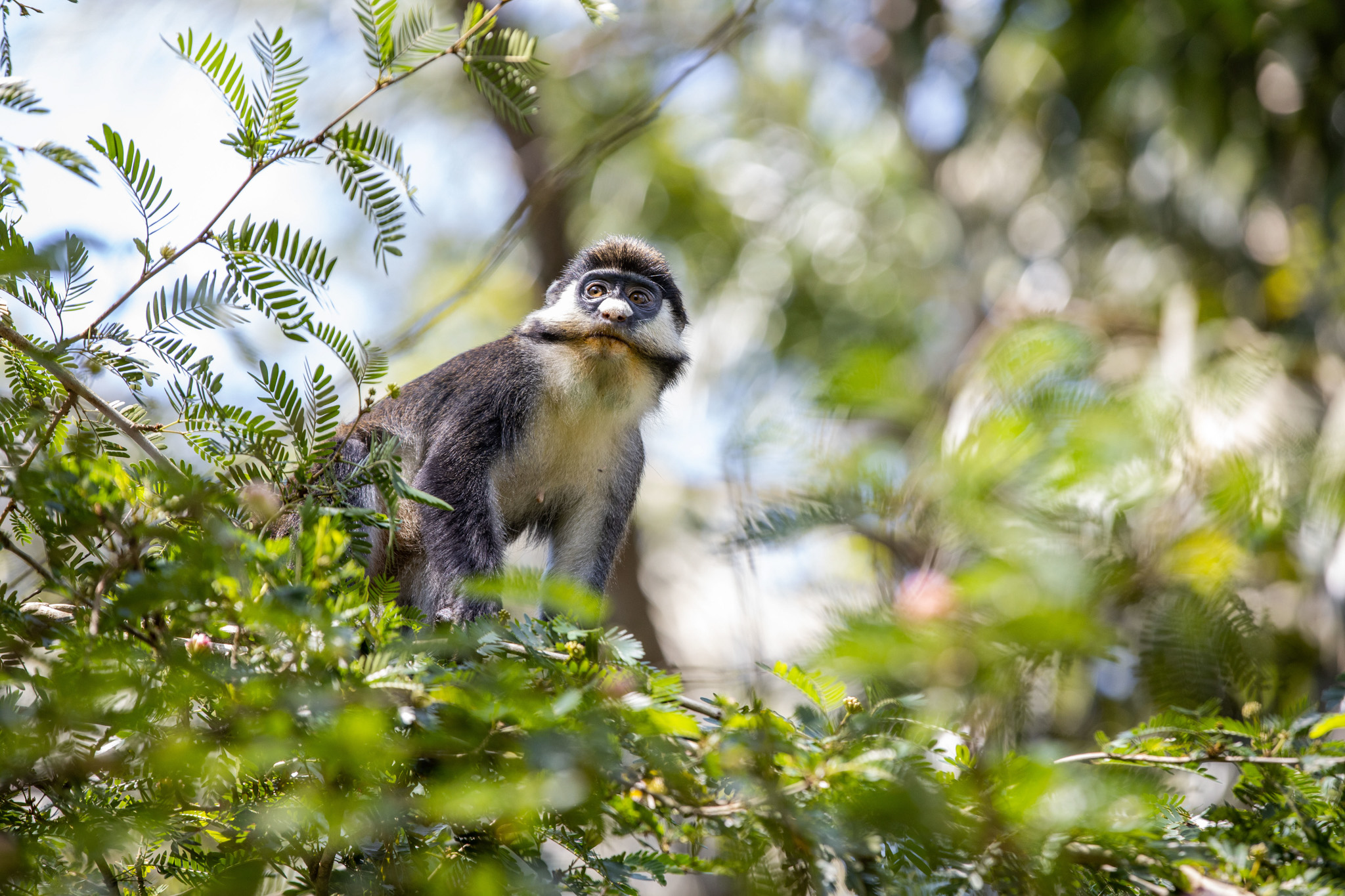By Hubert Boulet, FAO
Nearly one billion people globally rely on wild food for their daily nutrition, with some remote tropical regions sourcing between 60% and 80% of their protein from wild meat. Yet, over the past 50 years, the global population of wild animals has declined by a staggering two-thirds.
This decline has been propelled by human activity causing deforestation, changes in land use, overfishing, unsustainable hunting, and pollution. Disease, invasive species, and climate change – also caused by human activity – are increasingly taking their toll. But human capacity to innovate in times of crisis is also producing solutions to the great challenge of safeguarding biodiversity on Earth.
New technological tools, including drones, apps, advanced tracking systems, realtime data analytics, and artificial intelligence (AI), are transforming the way we safeguard biodiversity. For this reason, digital innovation is the theme of this year’s World Wildlife Day. Groundbreaking new tools are making it possible to identify, track, monitor, and ultimately preserve wildlife. At the same time, a different kind of innovation is helping drive change on the ground.
Around the world, 2.7 billion people worldwide still do not have online access, and mobile phones often do not work in many remote parts of the world where wildlife is under threat. Low-tech solutions are vital, in tandem with the latest technology, for promoting sustainable wildlife management and ultimately for achieving many of the SDGs, namely those on life on land (SDG 15), zero hunger (SDG 2), and no poverty (SDG 1).
The Sustainable Wildlife Management (SWM) Programme – a consortium of partners including the Food and Agriculture Organization of the UN (FAO), the Center for International Forestry Research (CIFOR), World Agroforestry, the French Agricultural Research Centre for International Development (CIRAD), and the Wildlife Conservation Society (WCS) – has been pioneering an innovative low-tech approach to promoting sustainable wildlife management using an age-old technique: game playing.
In the Congo Basin, for example, a role-playing game involves hunters taking dry beans from small sacks representing animals and the forest. To win, they must work out how each can remove some beans, regularly, without emptying the sacks. Together they develop strategies such as all agreeing not to take from certain sacks (parts of the forest) to allow different species (represented by different coloured beans) time to reproduce. The game not only helps hunters solve problems and strategize together, but also stimulates them to further develop systems for sustainably managing the local wildlife population.
Funded by the EU, with co-funding from the French Facility for Global Environment and the French Development Agency, the SWM Programme was inspired to use games by Dennis Meadows of the Massachusetts Institute of Technology (MIT) Sloan School of Management in the US.
When he lectured on overfishing, his students would nod their heads, agreeing that fishermen would have to be crazy to wipe out a fish stock that their livelihoods depend upon. But that is exactly what the students typically did when they played a game Meadows made called Fishbanks. This provoked lively discussions and better understanding of how it was possible for players to know that overfishing was not a sensible long-term strategy, while still causing that outcome to happen almost every time they played the game.
Elsewhere, the SWM Programme has been developing schoolyard games in Guyana to help children learn about nature conservation, card games in Madagascar to improve poultry rearing as an alternative to hunting wild meat, and a game using wooden blocks, colored paints, and sticks in Zimbabwe to help communities affected by human-wildlife conflict to explore different solutions to live in harmony with local animal species.
These games are helping people to connect, learn fast, and work together to find sustainable ways of feeding their families, regardless of literacy or numeracy.
Games have a particular power to make complex issues tangible. They remove the risks associated with bad decisions and help explore alternative futures that are more sustainable – for communities and for wildlife.
* * *
Hubert Boulet is Coordinator of the Sustainable Wildlife Management Programme and Senior Forestry Officer, FAO.

